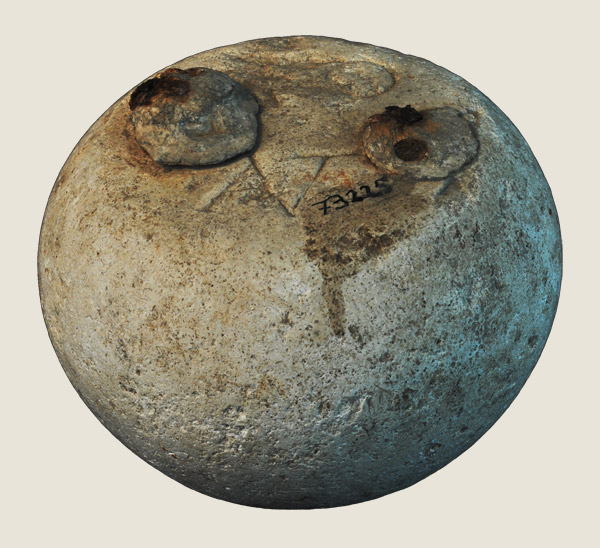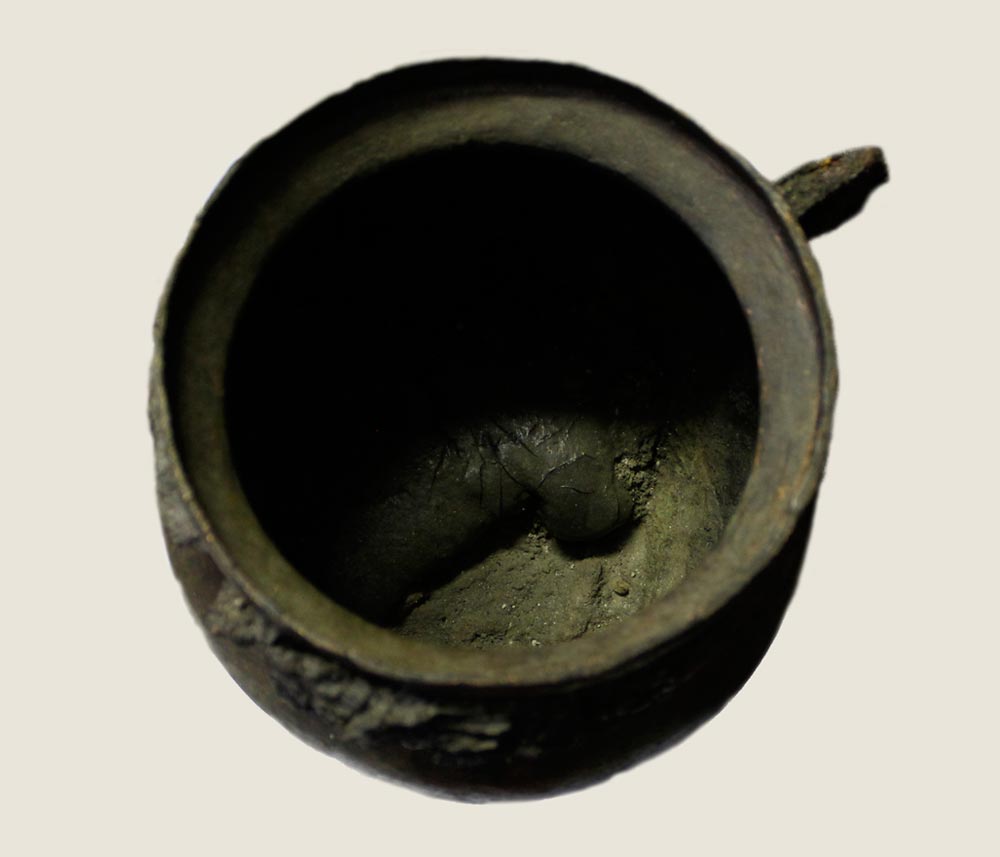
Some scholars have proposed that Lucius Crassius Tertius was the owner or manager of Oplontis B. Even if he was not, the small image of a wine vessel on the back of his stamp seal ring strongly suggests that he was involved in the wine trade. He may have collected wine from merchants or nearby producers and readied it at Oplontis B for transport by sea. If so, he would have been roughly the equivalent of a modern négociant, who deals primarily with the finished product that he then sells as his own.
Tertius may also have been involved in importing, as a few non-local amphorae, such as examples from Crete and Spain that were found at Oplontis B, imply. It is tempting to imagine that at the time of the eruption the facility was awaiting the arrival of a ship carrying a new supply of foreign wine to be distributed locally. The same ship would have taken on board the local Vesuvian wine for sale abroad.




